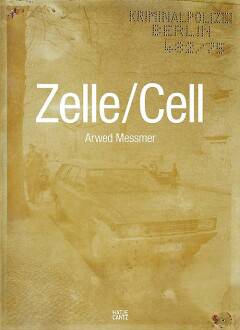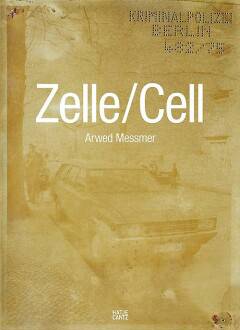
- Afhalen na 1 uur in een winkel met voorraad
- Gratis thuislevering in België vanaf € 30
- Ruim aanbod met 7 miljoen producten
- Afhalen na 1 uur in een winkel met voorraad
- Gratis thuislevering in België vanaf € 30
- Ruim aanbod met 7 miljoen producten
Zoeken
Omschrijving
On February 27, 1975, Peter Lorenz, a Christian Democratic politician in West Berlin, was abducted by the Bewegung 2. Juni, or June 2 Movement. Today, if you search the event online, one image appears that is still embedded in collective visual memory, featuring Lorenz in his cell. However, a body of about 3,000 negatives has survived, hidden in an archive. They were produced during investigations by Berlin's state security and also include the documentation of a meticulous reenactment by the police featuring the original materials used to build the basement space. Unlike the events that took place during Germany's fall of terror in 1977, this abduction ended without bloodshed. Here, Arwed Messmer (born 1964) places the images in relationship to one another based on their material, size, detail and placement.
Specificaties
Betrokkenen
- Auteur(s):
- Uitgeverij:
Inhoud
- Aantal bladzijden:
- 160
- Taal:
- Engels
Eigenschappen
- Productcode (EAN):
- 9783775741859
- Verschijningsdatum:
- 28/02/2017
- Uitvoering:
- Hardcover
- Formaat:
- Genaaid
- Afmetingen:
- 251 mm x 343 mm
- Gewicht:
- 1383 g

Alleen bij Standaard Boekhandel
+ 118 punten op je klantenkaart van Standaard Boekhandel
Beoordelingen
We publiceren alleen reviews die voldoen aan de voorwaarden voor reviews. Bekijk onze voorwaarden voor reviews.











